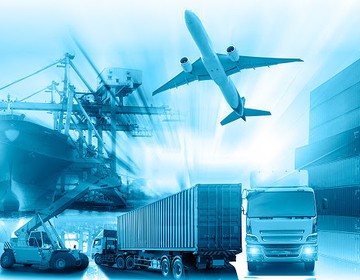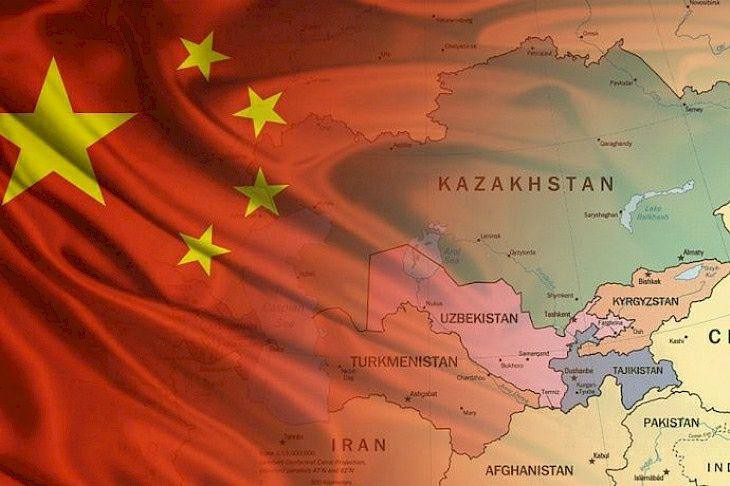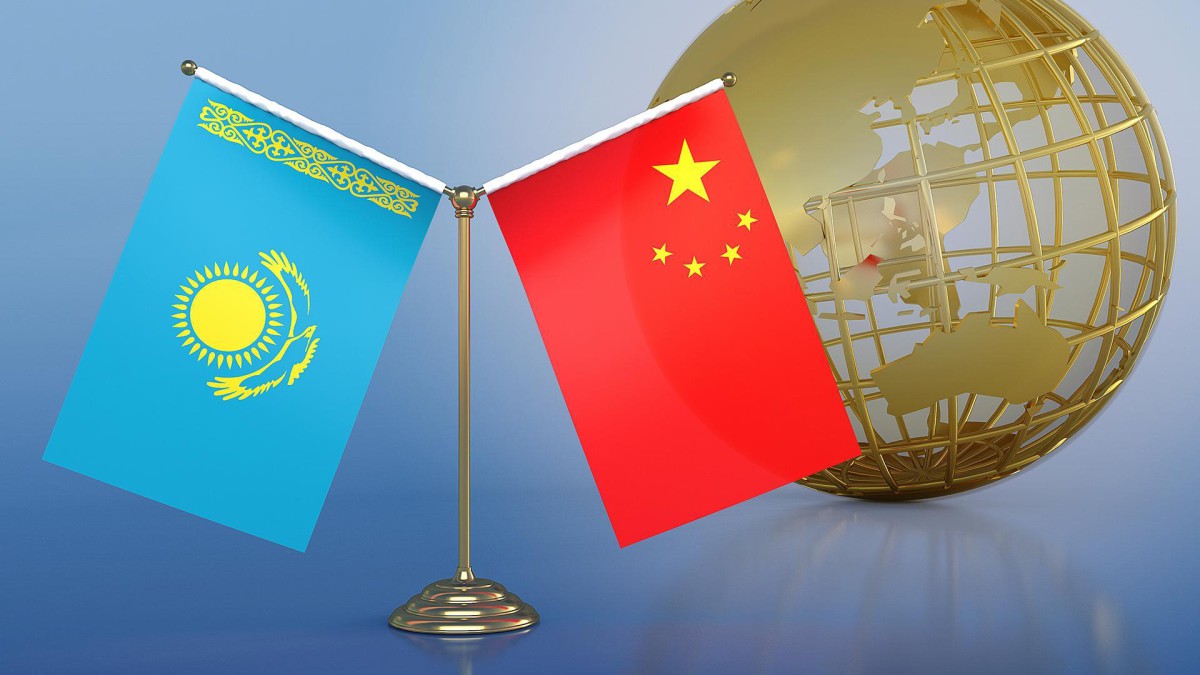Kazakhstan’s transport logistics has faced substantial development challenges in recent years. The surge in goods transportation has destabilized supply networks as a result of pent-up demand.
Two years of pandemic have drastically altered the global transportation and logistics industries. Changes in politics, economics, and technology have had and continue to have a huge impact on the transportation business. As a result, the costs of vital resources, such as staff, transportation, and gasoline, as well as packaging materials and storage facilities, have grown dramatically. Simultaneously, a number of industry sectors experienced unprecedented growth, and corporations engaged in them claimed windfall profits.
finreview.kz analysts have broken down how Kazakhstan’s transport and logistics industry is expanding, as well as the risks and opportunities that may exist in 2022.
The transportation industry accounts for 6.5% of GDP
The coronavirus pandemic is still having the greatest impact on international and domestic logistics. The epidemiological situation has severed the customary ties between producers and consumers, causing significant changes in the logistics industry. And, while road and rail transportation have begun to improve, it is still not possible to return to pre-crisis levels.
By the end of 2021, the transport industry’s contribution to the GDP structure was 6.5 percent, totaling 5.26 trillion tenge. The indicator increased by 9% throughout the year, although it has yet to regain its pre-pandemic level. Back in 2019, transport logistics provided 5.59 trillion tenge in services, accounting for 8% of GDP.
To put things into perspective, transportation logistics in affluent countries accounts for 13-14 percent of GDP. For example, 14.2 percent in Ireland, 13.9 percent in Singapore, 13.7 percent in Hong Kong, and 13 percent in Germany. And the worldwide logistics market is about $2.7 trillion, or nearly 7% of global GDP.
Passenger travel is declining, while freight traffic is increasing
The overall length of highways of national, provincial, and district levels is around 100 thousand kilometers. Another 21,000 km are railways. Every year, more than 7 billion travelers pass through them. For example, 7.6 billion passengers were transported in 2021, while more than 8.3 billion people were transported a year earlier.
Cargo transportation volume increased by 1.1 percent as a result of the rise of e-commerce and an increase in the number of transit flights through Kazakhstan. Approximately 4 billion tons of freight were moved in total. In addition, cargo turnover climbed by 1.4 percent to 597.2 billion t/km.
The share of total goods moved by road was 82.9 percent, 10.4 percent by rail, and 6.7 percent by pipeline. The potential for cargo transit by air, sea, and inland modes of transportation, where the volume of cargo transportation is 0.04 percent, is completely untapped. However, progress in this direction is being made. For example, on the basis of the port of Aktau in Western Kazakhstan, it is proposed to establish a “container hub,” with container traffic expected to increase by 100,000 TEUs per year by 2025. By 2025, the volume of river transport will be raised to 3.8 million tons.
Transport logistics can contribute up to 3.5 percent of GDP growth in Kazakhstan
Kazakhstan has considerable potential for the development of its transportation and logistics systems due to its geographical location. Without access to high seas our country can take advantage of its fortunate location between two economically prosperous regions – the European Union and Asian countries. Kazakhstan is able to integrate its national economy into the global economic arena by growing transport flows from China and Southeast Asia to EU countries.
Kazakhstan now has 11 international transit routes passing through its territory. There are five railway lines and six road routes. They helped to shorten the time required for items to be transported and delivered from Asia to Europe to 13-15 days. This is twice as fast as traveling by sea. As a result, distribution via Kazakhstan’s transit corridors is becoming increasingly popular. In just nine months of 2021, about 600,000 TEUs were moved via the China-Europe-China route, a 47 percent increase over the previous year.
The Belt and Road Initiative helps to enhance commercial and economic relations between Kazakhstan and the world’s largest markets, China and Europe. The establishment of new land corridors from Central Asian countries, as well as their integration into the “new Silk Road,” will increase transit movements in the EAEU space. According to conservative projections, the impact on the national economy will be around 3.5 percent of GDP growth.
However, the state must first address a number of critical issues.
Risks associated with the development of Kazakhstan’s transportation and logistics industry
Kazakhstan’s transport and logistics industry is gradually reviving. However, there are obstacles: disruptions in oil supply are anticipated in the near future as a result of the conflict between Russia and Ukraine, which made Western countries apply anti-Russian sanctions. This could result in higher gasoline prices, fuel shortages, and the closure of some target markets.
Today, logistics is attempting to adapt to ever-changing situations and growing difficulties that necessitate a swift response and resolution. There is no stability anywhere in the world, and it is unlikely that there will be in the near future. As a result, Kazakhstan’s transport and logistics business should become more adaptable to changing market conditions by addressing the following critical issues.
For starters, they are exorbitant logistics expenditures. Transportation costs might account for up to 25% of the total cost of the end product. At the same time, the global average stands at 11 percent. In comparison, the numbers are 14 percent in China, 11 percent in the EU, and 10 percent in the United States and Canada. It turns out that Kazakhstan’s economy carries a transport load that is twice as great as that of other countries. This is owing to the tremendous wear and tear on Kazakhstan’s existing transportation infrastructure. This includes the slow development of roadside services, which will only be brought up to international standards by 2025.
Second, there is a high level of corruption in freight transportation. An agreement on the use of navigation seals has been in force in the EAEU space, which includes Kazakhstan, since 2022 to reduce risks. Commodity flows can now be tracked online by state fiscal authorities. It is there, first and foremost, that the greatest number of breaches are currently being observed. The adoption of navigation seals will solve the problem of sanctioned products entering Russia and transiting through Russia. Furthermore, lowering the level of corruption will limit the “gray” trade of Chinese goods. 90% of vehicles from Kyrgyzstan to Kazakhstan convey undeclared Chinese goods. The total value of the customs data mismatches between Kazakhstan and China is 5.7 billion US dollars.
Third, there has been little progress in the digital agenda in transportation logistics. Digitalization is already noticeable in the value chains of commodities, such as the adoption of navigation seals and the establishment of a single carrier database. For a long time now, online payment for transportation, including taxis and public transportation, has ceased to be something new. The introduction of digital technology allows for a reduction in the cost of moving goods, which leads to an increase in the sector’s profitability and a fall in the price of commodities. With a qualitatively better – automated – control mechanism, the volume of cargo transportation is increasing, and the integration of information systems with customers and suppliers promotes transparency and speed of operations. This facilitates enterprises’ entry into the global market.
Fourth, there has been a change in the geopolitical situation, which has resulted in a transformation of international trade. Kazakhstan fosters amicable relations with all countries as a “bridge between East and West.” However, our economy remains overly exposed to global market changes.
Investments are needed to solve these problems
Kazakhstan intends to invest 20 billion US dollars through 2025 in order to diversify transit and transportation networks and provide integrated logistics solutions. Over the last 15 years, around 35 billion US dollars have been invested in the growth of Kazakhstan’s transportation industry.
The Astana International Financial Centre, according to the President’s vision, should become a regional centre for attracting investments and developing financial instruments. By providing domestic entrepreneurs with the option to engage in the Belt and Road Initiative, the financial centre contributes to the development of integration processes in Kazakhstan. This, in turn, will boost transportation and logistics infrastructure, particularly transit routes.




















